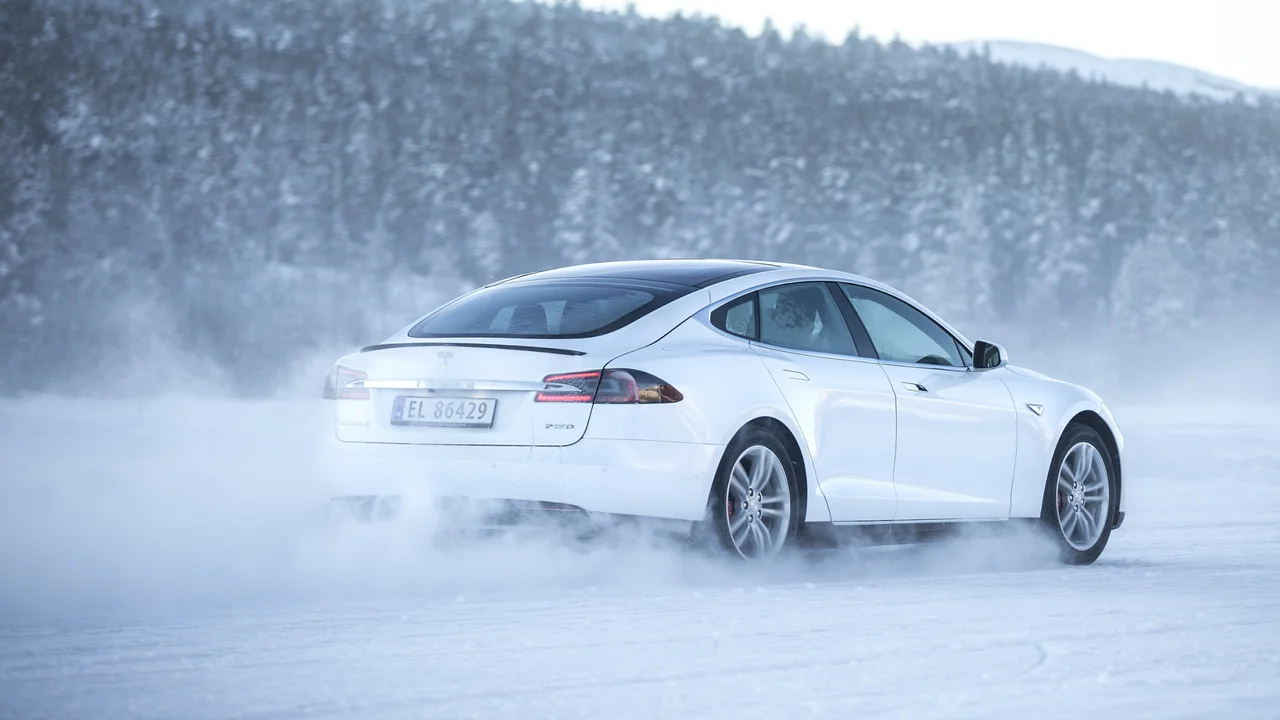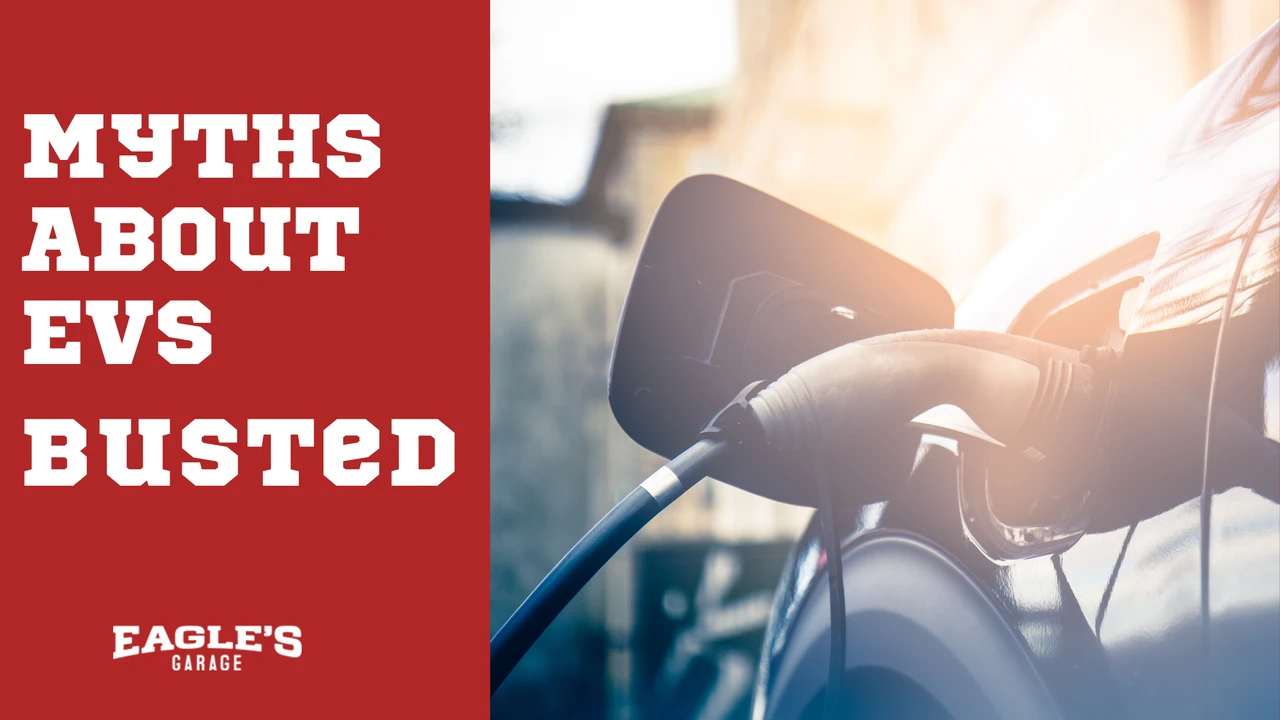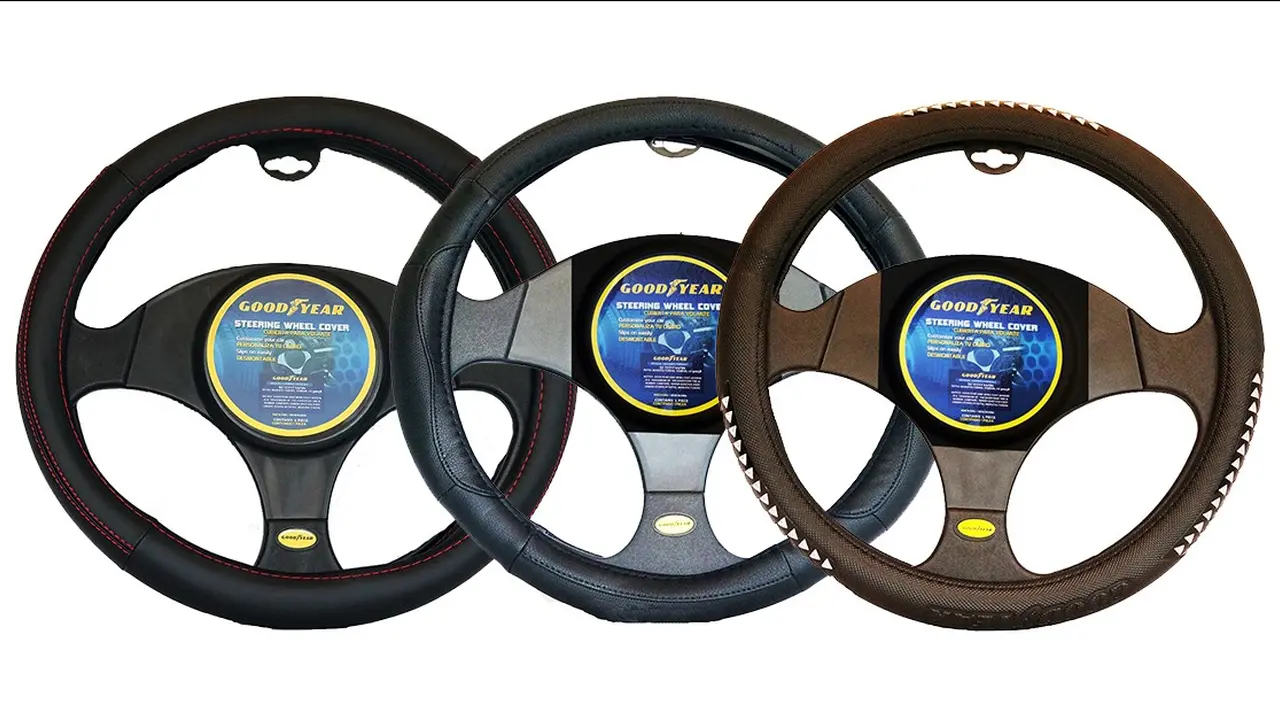7 Ways to Boost Your EV's Range This Winter
Winter weather can significantly reduce your EV's range. Discover 7 proven methods to maximize battery life and driving distance in cold temperatures. Learn about preconditioning, tire pressure, and driving habits for optimal EV performance this winter.

Understanding EV Range Loss in Winter Cold Weather Conditions
Okay, so you've got your electric vehicle, and you're loving the silent ride and zero emissions. But then winter hits, and suddenly your range takes a nosedive. What gives? Well, a few things contribute to this phenomenon. Cold temperatures affect the battery's chemical reactions, slowing them down and reducing its capacity. Think of it like your phone battery dying faster in the cold – same principle! Plus, you're likely using more energy-intensive features like the heater and defroster, which draw power directly from the battery.
The good news is, you're not helpless! There are plenty of things you can do to combat winter range loss and keep your EV running efficiently. Let's dive into seven proven methods:
Preconditioning Your EV Battery for Optimal Performance and Battery Life
Preconditioning is your secret weapon against cold-weather range loss. What is it? It's basically warming up your battery and cabin *before* you unplug, using electricity from the grid rather than your battery. Most EVs have a preconditioning feature accessible through the car's infotainment system or a mobile app. Set it to start about 30 minutes before you plan to leave. This warms the battery to its optimal operating temperature and heats the cabin, so you don't have to rely as heavily on the heater while driving.
Why it works: Warming the battery before driving reduces its internal resistance, allowing it to discharge more efficiently. Heating the cabin while plugged in saves precious battery power.
Real-world example: Imagine you're heading to work on a freezing morning. Without preconditioning, your car might dedicate a significant portion of its initial battery power to warming itself up. With preconditioning, the car is already at a comfortable temperature when you start driving, reserving that battery capacity for actual travel.
Maintaining Optimal Tire Pressure for Maximum EV Range and Efficiency
Tire pressure matters, especially in winter. Cold weather causes tire pressure to drop, which increases rolling resistance. This means your car has to work harder to move, reducing your range. Check your tire pressure regularly (at least once a week) and inflate them to the recommended pressure listed on the sticker inside your driver's side door jamb. A good tire pressure gauge is a must-have accessory.
Why it works: Properly inflated tires reduce rolling resistance, improving energy efficiency and extending your range.
Product Recommendation: The AstroAI Digital Tire Inflator is a reliable and affordable option. It features a digital display for accurate readings and an automatic shut-off function to prevent over-inflation. You can find it on Amazon for around $20.
Driving Habits That Extend Your EV's Range in Cold Weather and Beyond
Aggressive driving habits, like rapid acceleration and hard braking, drain your battery quickly. In winter, this is even more pronounced. Practice smooth acceleration, maintain a consistent speed, and anticipate stops to maximize regenerative braking. Regenerative braking captures energy when you decelerate and sends it back to the battery, effectively extending your range.
Why it works: Smooth driving reduces energy consumption. Regenerative braking recovers energy that would otherwise be lost as heat.
Pro Tip: Experiment with different regenerative braking settings in your EV to find the level that best suits your driving style and road conditions. Some EVs offer adjustable regen settings, allowing you to customize the amount of braking force applied when you lift your foot off the accelerator.
Minimizing Heater and Defroster Use to Conserve EV Battery Power
The heater and defroster are energy hogs. Instead of blasting the heat, try using heated seats and steering wheel if your car has them. They use significantly less energy than the cabin heater. Dress warmly in layers, so you don't need to rely as heavily on the heater. And when using the defroster, use it sparingly, only when necessary to clear the windshield.
Why it works: Heated seats and steering wheels provide localized warmth, using less energy than heating the entire cabin. Layering clothing helps you stay warm without relying on the heater.
Comparison: A typical cabin heater can draw several kilowatts of power, significantly impacting range. Heated seats, on the other hand, typically draw only a few hundred watts, a much smaller drain on the battery.
Parking in a Garage to Maintain Battery Temperature and Efficiency
Parking your EV in a garage, even an unheated one, can make a significant difference in winter. The garage provides insulation, protecting your battery from extreme cold. This helps maintain battery temperature and reduces the amount of energy needed to warm it up when you start driving.
Why it works: A garage acts as a buffer against extreme temperatures, preventing the battery from getting too cold.
Alternative: If you don't have a garage, consider using a battery blanket, which is a heated pad that wraps around the battery to keep it warm. However, be sure to choose a battery blanket specifically designed for EVs and follow the manufacturer's instructions carefully.
Using Winter Tires for Improved Traction and Safety in Snowy Conditions
While winter tires don't directly improve range, they improve traction and safety in snowy and icy conditions. This can indirectly improve range by allowing you to drive more smoothly and confidently. Winter tires have a special tread pattern and rubber compound designed for cold weather and snow, providing superior grip compared to all-season tires.
Why it works: Winter tires provide better traction, reducing wheel spin and improving control, which can lead to more efficient driving.
Product Recommendation: The Bridgestone Blizzak LM-60 are highly rated winter tires known for their excellent grip and performance in snow and ice. A set of four for a typical EV might cost around $800-$1200, depending on the size.
Planning Your Routes and Charging Stops for Efficient Winter Travel
In winter, it's especially important to plan your routes and charging stops carefully. Range anxiety can be exacerbated by cold weather, so knowing where charging stations are located and how far you can realistically drive on a single charge is crucial. Use a route planning app that specifically caters to EVs and takes into account factors like weather and elevation changes.
Why it works: Planning ahead reduces stress and ensures you don't get stranded with a low battery. Knowing the location of charging stations allows you to top up your battery as needed.
App Recommendation: A Better Routeplanner (ABRP) is a popular app among EV owners. It allows you to plan routes, taking into account your car's range, charging station locations, and weather conditions. It also provides real-time range estimates and charging recommendations.
By implementing these seven strategies, you can significantly boost your EV's range this winter and enjoy a more confident and efficient driving experience. Remember, even small changes can make a big difference!
:max_bytes(150000):strip_icc()/277019-baked-pork-chops-with-cream-of-mushroom-soup-DDMFS-beauty-4x3-BG-7505-5762b731cf30447d9cbbbbbf387beafa.jpg)






